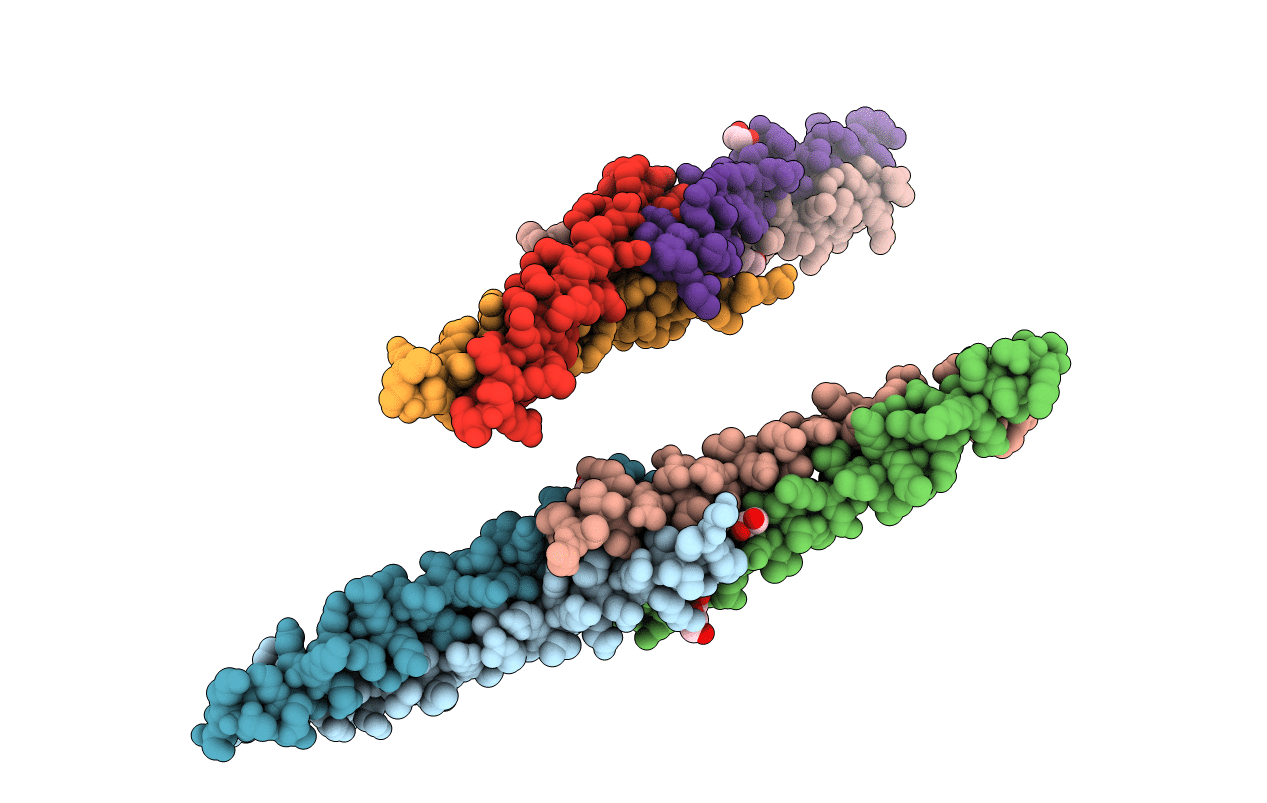
Deposition Date
2014-11-20
Release Date
2015-01-14
Last Version Date
2023-09-27
Entry Detail
Biological Source:
Source Organism:
Schizosaccharomyces pombe (Taxon ID: 284812)
Host Organism:
Method Details:
Experimental Method:
Resolution:
2.20 Å
R-Value Free:
0.24
R-Value Work:
0.19
R-Value Observed:
0.20
Space Group:
P 1 21 1


